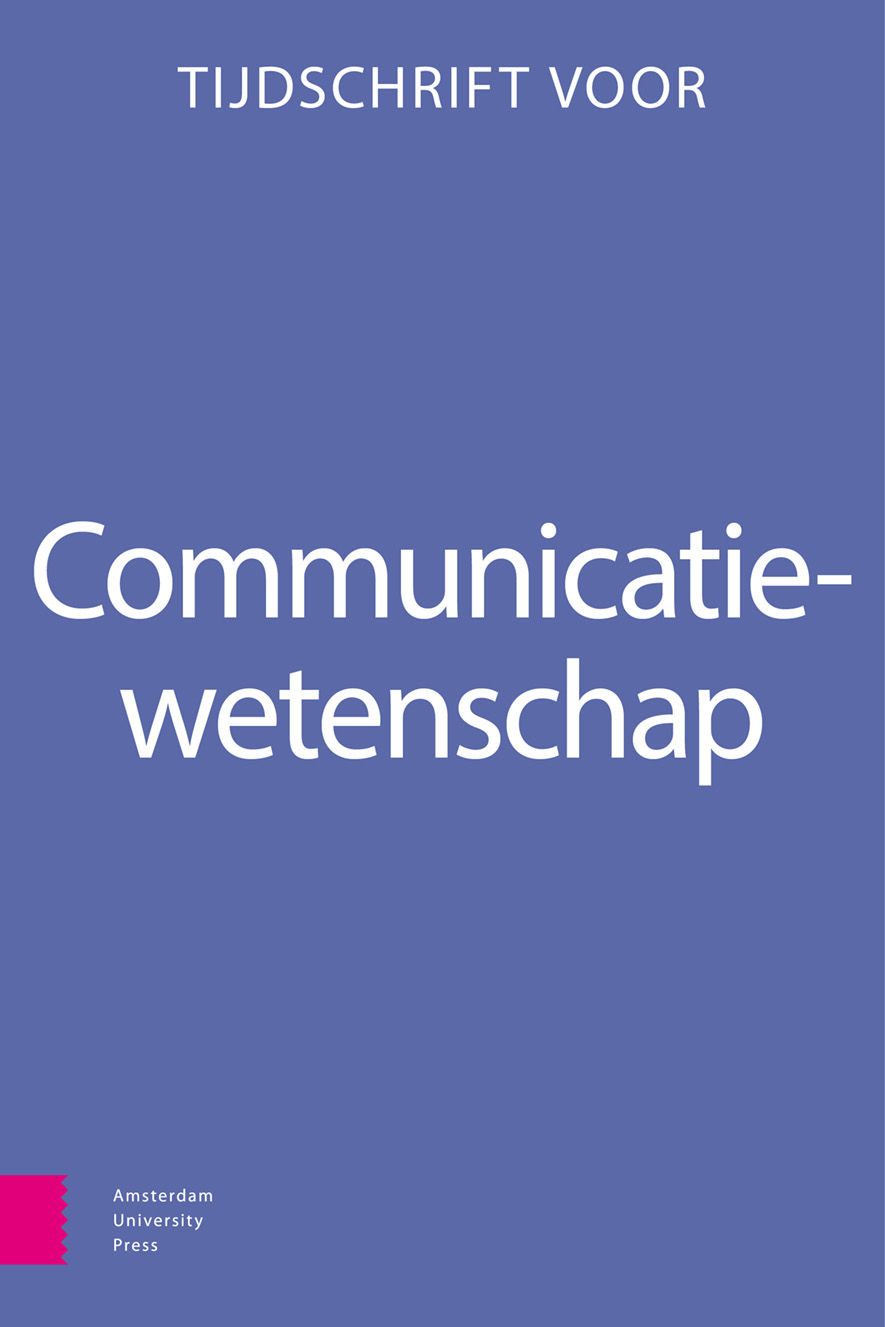-
oa Summaries
- Amsterdam University Press
- Source: Tijdschrift voor Communicatiewetenschap, Volume 46, Issue 4, Dec 2018,
Abstract
‘Meet the blockers’. Youth, young adults and automatic ad avoidance online
Ad blocking – the use of browser extensions such as Adblock (Plus) or Ublock – is becoming mainstream, particularly amongst young web users. This automated form of advertising avoidance has attracted significant attention due to the loss of advertising revenues. Insights in this type of ad avoidance behavior are indispensable. By applying the theory of planned behavior (TPB), the first aim of this study is to determine the predictive value of personal attitudes, subjective norm (SN) and perceived behavioral control (PBC) in explaining behavioral intention. The second aim is to reveal the relative importance of the beliefs underpinning these three TPB components. An online survey involving 400 person’s aged between 16 and 30 years was conducted. Analysis reveals that attitude is the most important predictor to explain differences in intention to use ad blockers, followed by a person’s perceived behavior control towards ad blocking. Within attitude, the most important beliefs affecting one’s intention to use an ad blocker are less privacy concerns, less disruption and less data usage and costs.
Keywords: ad blocker, ad avoidance, online advertising, online behavior, privacy
, Paola Remmelswaal, Marijn Meijers & Naomi VonkWhat is the moderating influence of environmental involvement on the efficacy of visual versus textual green labels?What is the moderating influence of environmental involvement on the efficacy of visual versus textual green labels?
The present study examined whether the effectiveness of visual versus textual green labels on product attitude and purchase intention (of the advertised product and green products in general) depends on consumers’ environmental involvement. Results of an online experiment (N = 131) showed no such interaction effects with regard to consumers’ product attitude and purchase intention of the advertised product. However, the effect of the type of green label on consumers’ purchase intention of green products in general was significantly moderated by environmental involvement: Consumers who are lowly involved with the environment were more inclined to intent purchasing green products when exposed to a visual green label. For consumers who are highly involved with the environment however, visual and textual green labels were equally effective in stimulating green purchase intentions. This study shows that the effectiveness of different types of green labels can depend on characteristics of specific audiences.
Keywords: green labelling, green advertising, eco-labels, environmental involvement, spill-over
, Eduard Cuelenaere, Gertjan Willems & Stijn JoyeSame same same, but different: a comparative film analysis of the Belgian, Dutch and American Loft
Against the theoretical background of the concept ‘karaoke-Americanism’, this article compares the Belgian, Dutch and American version of the film Loft. Several (dis)similarities in the representation of sexuality, female characters, and ethnicity, as well as some formal changes, are observed. By combining these results with self-conducted, in-depth and press interviews with the filmmakers of these films, it is ascertained that, although the three versions share a similar use of specific Hollywood conventions, the changes in representation were motivated by perceived cultural differences. Building on known cultural stereotypes and clichés, filmmakers reinforce specific cultural (and national) identities, with the aim of enhancing the recognizability for their local audiences. In conclusion, the Dutch and Belgian filmmakers, in an attempt of localizing the universal, realized a hyperreal version of their own or another culture.
Keywords: film remakes, cross-cultural adaptation, cinema in the Low Countries, karaoke-Americanism, cultural identity
, Lennart SoberonEvil in many shapes. A quantitative content analysis of enemy images in the American action film
this paper sets out to examine the representation of hero and villain characters in the American action film. Within the generic framework of the action film villains are considered to be an inherent other of their hero counterparts, often reaffirming hegemonic conception of enemyhood and otherness. Whereas the large majority of scholarship prefers to conduct a textual analysis on one or several case studies, this research provides an unique perspective by applying a quantitative content analysis on hero and villain characters in an extensive sample of films. The analysis partially confirmed insights from previous research stating that the otherness of villain characters is mainly structured on the level ethnicity, as white Western heroes are consistently framed against foreign others. Moreover, the ethnic identity of a character turned out to be the determining factor for the featured profession, narrative position and formal articulation of the character. On the other hand, heroes and villains did not distinctly differ on the level of professions, motivations and violent actions.
Keywords: enemy, genre, image construction, action film, violence
, Judith Knuvers, Steven Malliet & Pieter MaeseeleFraming Google. The representation of online privacy violations in NRC Handelsblad and De Correspondent
This paper presents the results of a qualitative framing analysis of the reporting about online privacy violations by Google, in a traditional journalistic outlet, the newspaper NRC Handelsblad, and an alternative, digital journalistic platform, De Correspondent (N = 68). This shows that two clearly distinguishable frames make up the debate in both news media, being freedom of choice and corporate control.
Keywords: Google, online privacy, framing, NRC Handelsblad, De Correspondent
]

